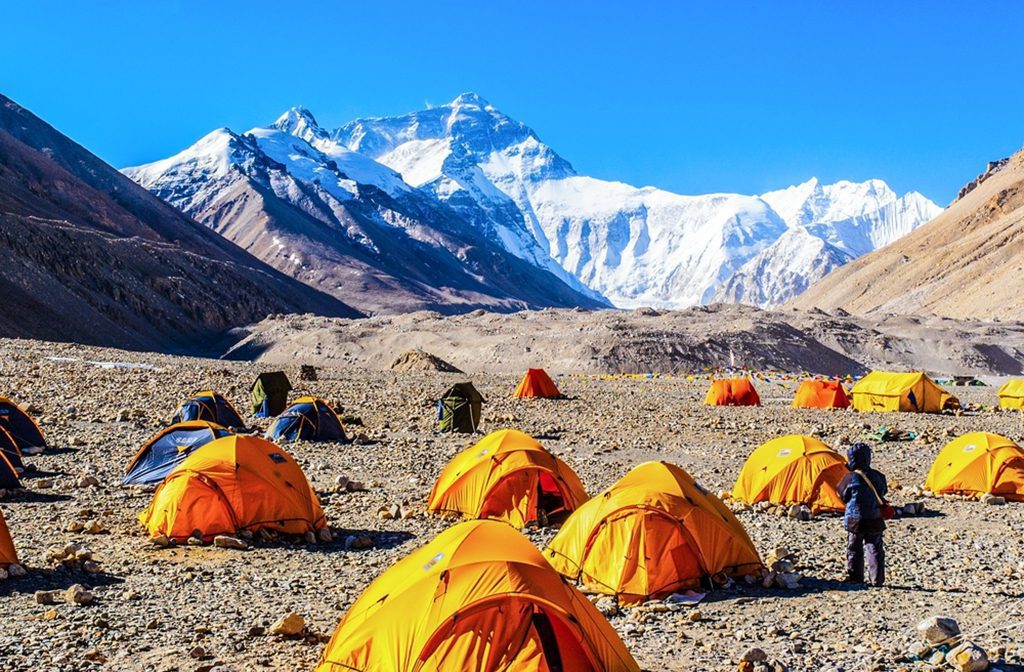There’s nothing else like Nepal. This small, mountainous country offers an incredible variety of sight-seeing opportunities for adventurers, culture vultures, and spiritual seekers. The Himalayas, located in Nepal, are a fantastic destination for hikers and campers. Mount Everest, the highest peak on Earth, is located inside this range. The summit of the peak rises an astounding 8,848 meters above sea level, making it the highest point on Earth.
Many of the country’s small, out-of-the-way towns are like time capsules, transporting visitors to bygone eras and ancient civilizations. There are pilgrimage destinations among these towns, marked by religious monuments. The following places of interest are among the most visited in Nepal, and for good reason: they are excellent examples of what the country has to offer tourists.
12. Pashupatinath Temple
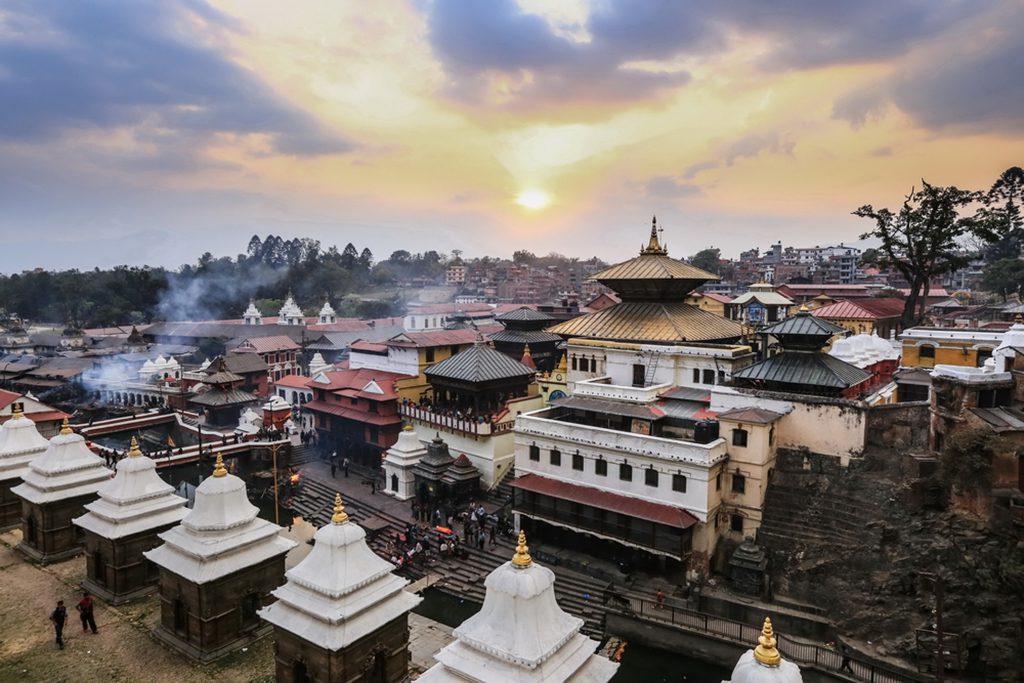
Witness the serene beauty of Pashupatinath Temple and the Burning Ghats in Kathmandu. Image source: Azuresong84/Shutterstock.com
The Pashupatinath Temple is the holiest Hindu temple in Nepal, and it is located on the bank of the Bagmati River. It is more of a complex than a temple but is nevertheless one of Asia’s most revered religious sites. The location is a famous venue for cremations since it has several libraries, temples, courtyards, monuments, and shrines.
The location on the riverbank and the fact that it is a Shiva temple contribute to this. This practice, which might seem frightening to outsiders, has been going on for thousands of years at the same spot and others like it throughout South Asia.
11. Sagarmatha National Park
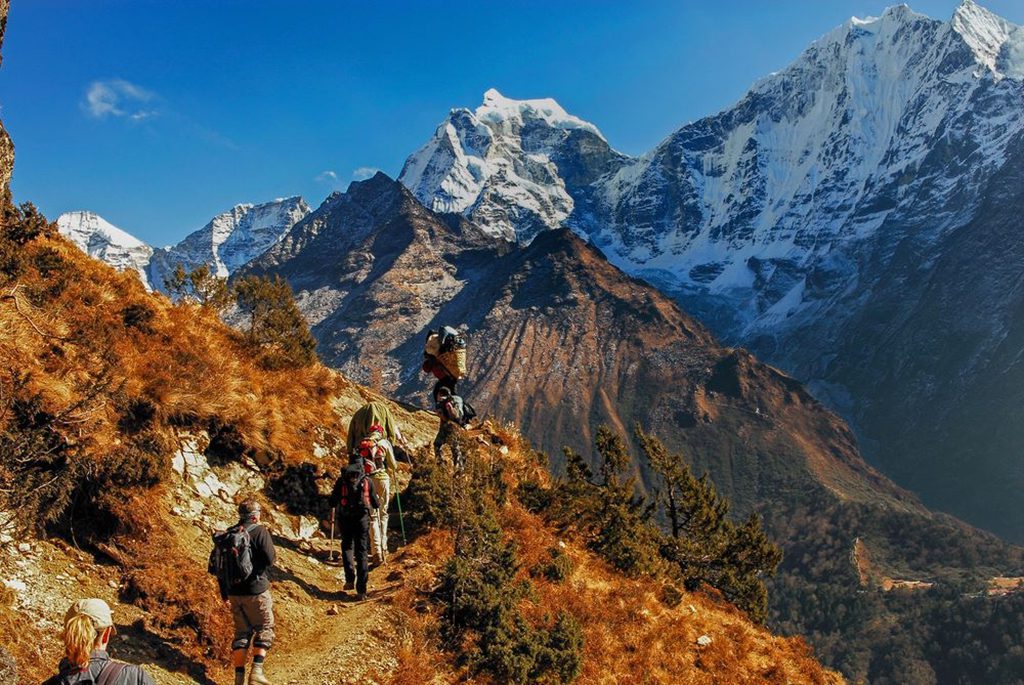
Embark on a thrilling adventure through Khumbu in Sagarmatha National Park, Nepal Himalayas. Image source: LUC KOHNEN/Shutterstock.com
Mount Everest and other world-famous peaks can be found in Sagarmatha National Park. Though the scenery is breathtaking, there is so much more to explore in this park of massive mountains. The snow leopard, red panda, and Himalayan black bear are just a few of the secretive and spectacular animals that make their homes in the mountain ranges.
Hundreds of birds make the area their permanent home, and numerous musk deer roam freely. The indigenous Sherpas have villages in the park and visit the many temples and shrines there for religious purposes. Still, tourists need to be aware of the high altitude and take precautions to avoid becoming sick.
10. Namche Bazaar
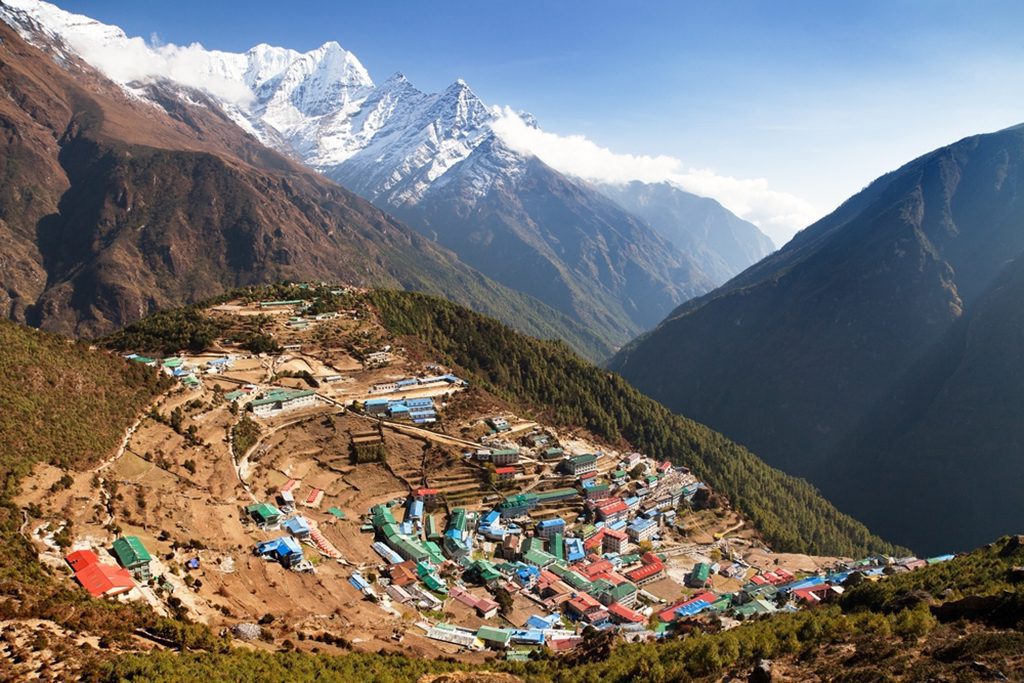
Marvel at the stunning view of Namche Bazar and Mount Thamserku in Nepal. Image source: Daniel Prudek/Shutterstock.com
Namche is where the majority of people begin their journey to the summit of Mount Everest, earning it the nickname “the gateway to Everest.” Namche, on the other hand, is home to a centuries-old market renowned for its yak butter and cheese.
The modern-day bazaar has everything a traveler across the Himalayas or a villager may need. Namche Bazaar is the world’s highest bazaar, as you would anticipate. Reaching Namche is a feat in and of itself for the vast majority of hikers.
9. Ancient Town of Patan
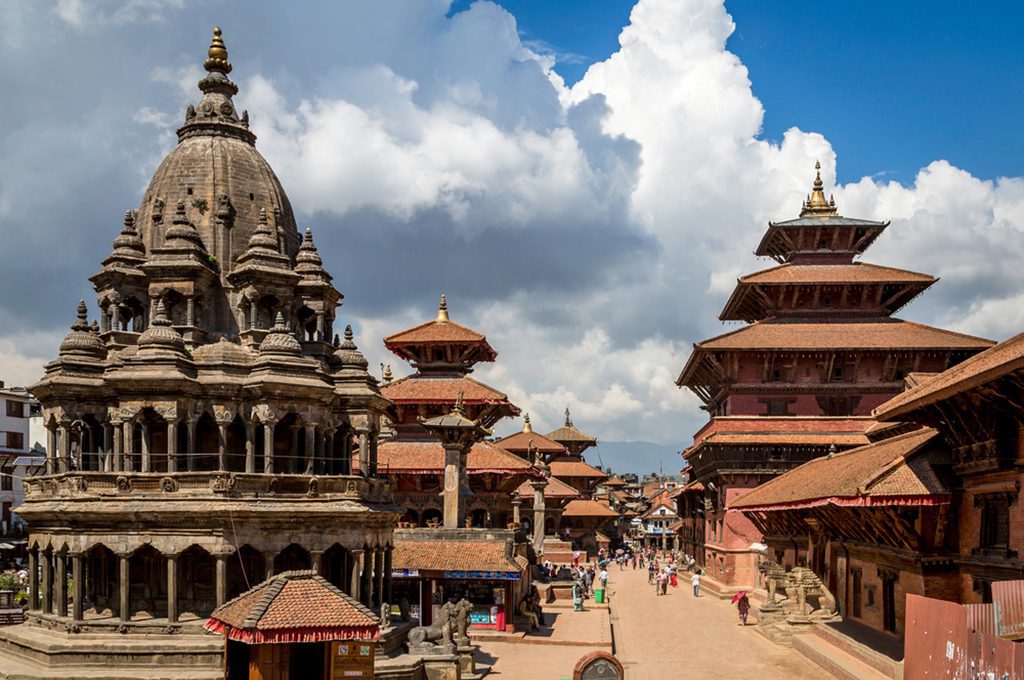
Explore the rich heritage of Patan Durbar Square in the Kathmandu Valley, Nepal. Image source: Hakat/Shutterstock.com
A murky river is all that separates Patan from Kathmandu. The original Sanskrit name for the city means “City of Beauty,” and it is still often used today. The city’s ancient area is home to some of Nepal’s most impressive specimens of Newari art and architecture.
The Golden Temple, Mul Chowk, the Patan Museum, Krishna Mandri, and Sundari Chowk are among the most visited sites in the town. The old part of this beautiful town is where you’ll find all the best attractions.
8. Bhote Koshi
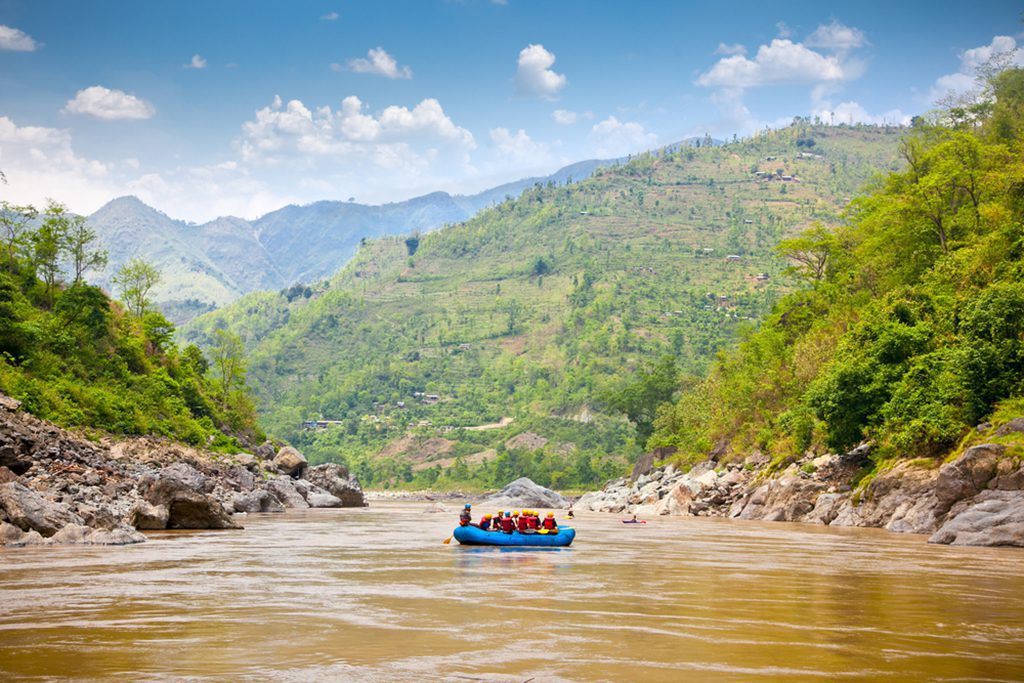
Experience the thrill of white-water rafting on Bhote Koshi River in Nepal. Image source: Aleksandar Todorovic/Shutterstock.com
The Bhote Koshi is the upper river stream of the Sun Kosi river, which starts in Tibet. Thrill seekers, listen up: rafting the Bhote Koshi River is the ideal way to take a break from sightseeing and hiking in Nepal and have a thrilling experience.
The rapids of the Bhote Koshi are the most challenging of any in Nepal. It is situated within a few hours’ drive north-west of Kathmandu along the Nepalese and Tibetan borders, wedged between mountain ranges. The glacier-fed river boasts Level 5 rapids at its height, but if that’s not enough excitement, there is also a thrilling bungee jump positioned dauntingly high above the river.
The free fall from that height is the highest in the world. Bungee jumping is a risky sport, but the New Zealanders who created the iconic Queenstown bungee jump ensured that the equipment used was as secure as possible.
7. Durbar Square, Kathmandu
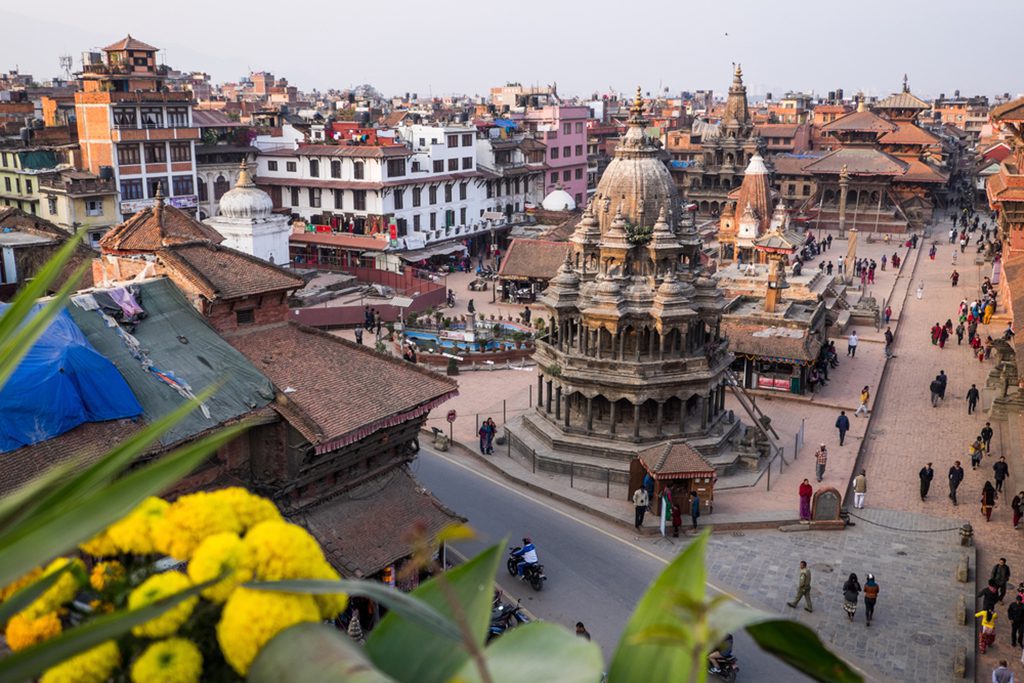
Discover the historic charm of Durbar Square in Kathmandu from above. Image source: Jakub Cejpek/Shutterstock.com
Durbar Square is a royal palace, thus the Nepalese word “durbar,” which describes the square well. The palace square is in front of the old imperial palace of the bygone Kathmandu Kingdom. Kathmandu was one of several independent kingdoms that made up Nepal until the middle of the 18th century, when the country was finally united.
Many of Nepal’s kings have been crowned, and royal decrees have been issued at the country’s many Durbar Squares. Durbar Square in Kathmandu is extremely beautiful; it shows some of the country’s greatest traditional architecture and Newari-style craftsmanship.
The area is surrounded by a number of religious buildings, including temples, towers, a former elephant stable, and shrines, as well as the palace itself. Many of the buildings were severely damaged in the 2015 earthquake, but attempts are under way to bring them back to their former beauty.
6. Phewa Lake
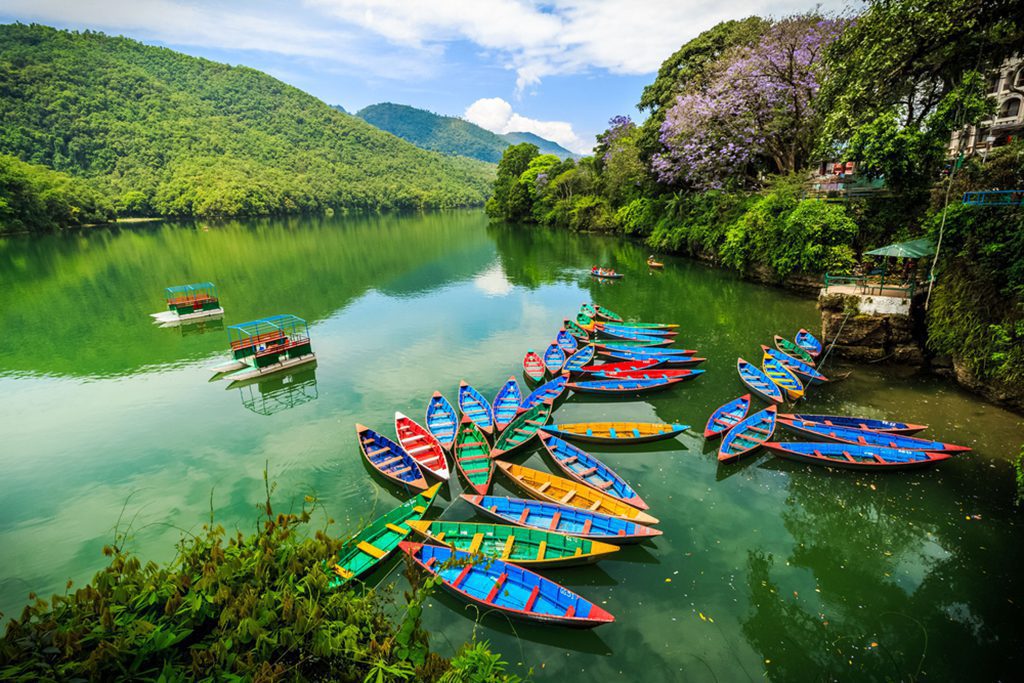
Enjoy a tranquil boat ride on Phewa Lake surrounded by vibrant scenery. Image source: viajeleve/Shutterstock.com
This beautiful freshwater lake is the second biggest in Nepal and is located close to Pokhara; its waters are a reflection of the towering Annapurna range. The majority of the hotels and restaurants are located on the side of the lake that faces away from the mountains.
It is not unusual to see snow-capped mountains throughout most of the year. The land on the opposite side of the lake is too forested and hilly to be used for urbanization. The holy temple of Durga, the Hindu goddess, is located in the exact middle of the lake. This pagoda, known as the Tal Barahi Temple, is a popular destination for tourists and religious pilgrims alike since it can only be accessed by boat.
In any case, the lake is a popular location for water sports. Many shorter climbs and longer trips around the lake provide spectacular views of the lake and neighboring mountains.
5. Durbar Square, Bhaktapur
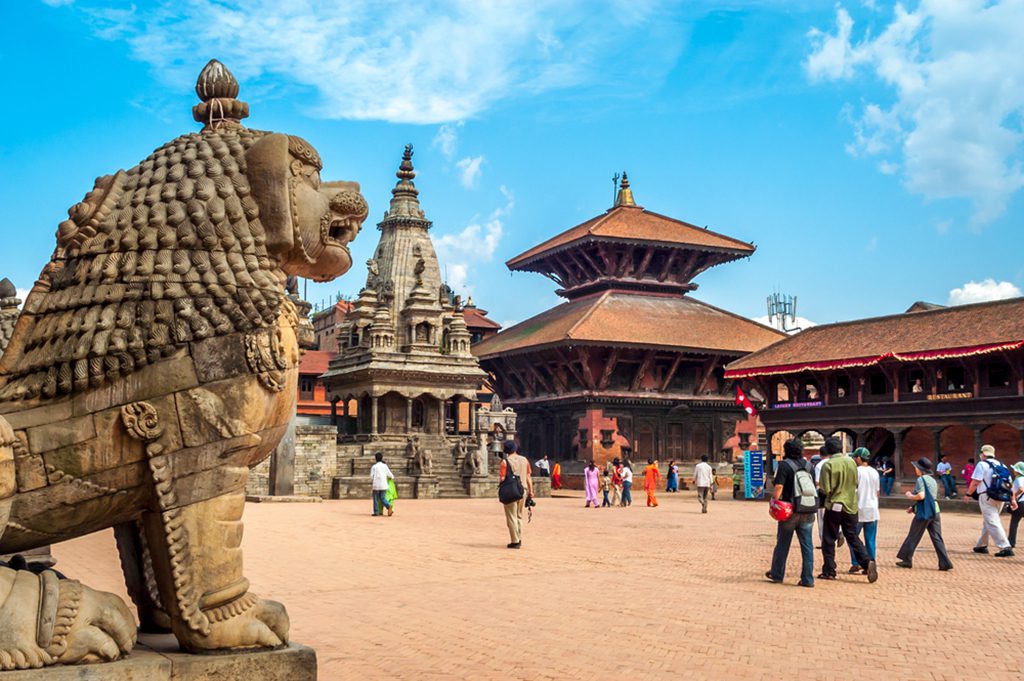
Step back in time at Durbar Square, Bhaktapur. Image source: milosk50/Shutterstock.com
Visiting the royal plaza in Bhaktapur is like stepping back thousands of years in time. There are fewer tourists and fewer souvenir shops, making it a more relaxing option than Durbar Square in the heart of Kathmandu. The local stores around the square, which sell things like clay pottery and wood carvings, don’t appear to depend only on tourists, and they’re happy to show you the process.
Each of the numerous antique temples and structures around the central square has exquisite examples of wooden or stone carvings. While there is no admission cost to visit Durbar Square in Bhaktapur, some of the sites and monuments in the area may require payment. The 55-Window Palace, Golden Gate, Lion Gate, and Mini Pashupathi Temple are just a few of the sites to see in this area.
4. Chitwan National Park
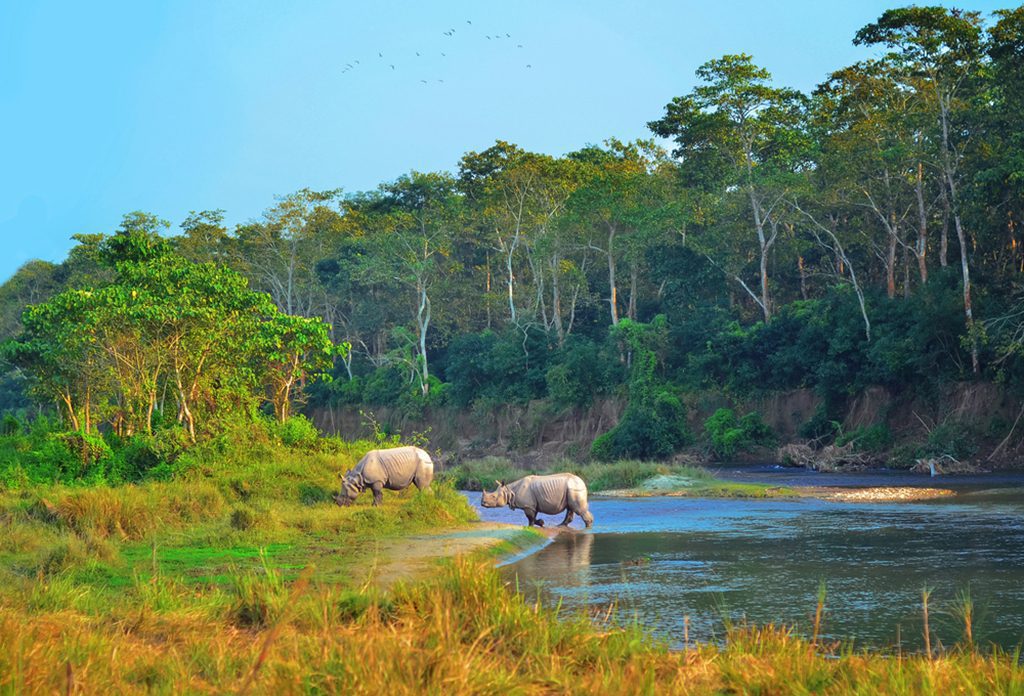
Explore the untamed beauty of Chitwan as you encounter Asian rhinoceroses. Image source: natalia_maroz/Shutterstock.com
Some of the world’s only surviving one-horned rhinoceroses can be found at Chitwan National Park. However, the park is home to more than just one renowned animal, since the Bengal tiger is often seen here as well.
In addition, Gharial crocodiles watch over the lake, while sloth bears and leopards prowl the forests and jungles. The park’s abundance of wildlife is responsible for earning it the nickname “the second Serengeti.”
Extreme vegetation covers the country, which consists of vast plains, thick jungles, and towering mountain ranges. The park is often visited by safaris, and visitors can even book trips that last for many days.
3. Annapurna Sanctuary Trek
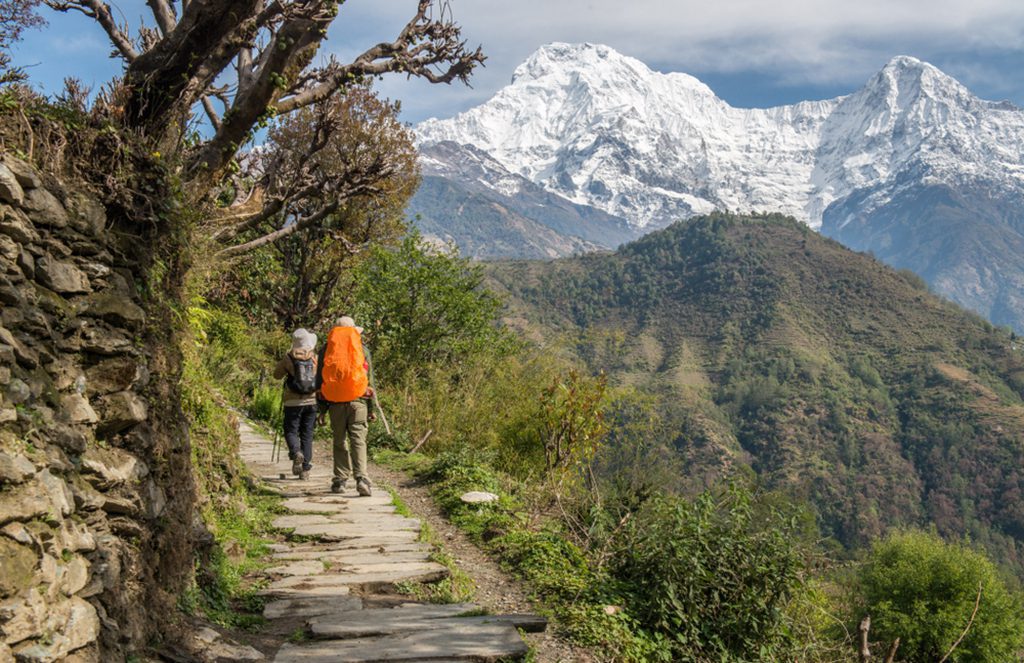
Embark on a memorable journey through the Annapurna Sanctuary. Image source: Boyloso/Shutterstock.com
Annapurna Sanctuary is only accessible by a 10–15-day hike. It rests on a high glacial basin and is surrounded by neighboring mountains. Yet, the process of getting there is just as exciting as the final destination itself when it comes to this particular landmark.
The Annapurna Sanctuary is reached mid-trip, although the rest of the journey gives amazing vistas of the surrounding Himalayan mountain range. Along the way, trekkers stay in homestays and typically eat with local families.
This is one of the few walks that does not need a guide since the paths are quite well defined and dotted with villages. Since the locals hold the sanctuary in high regard, visitors should respect its sanctity.
2. Boudhanath Stupa
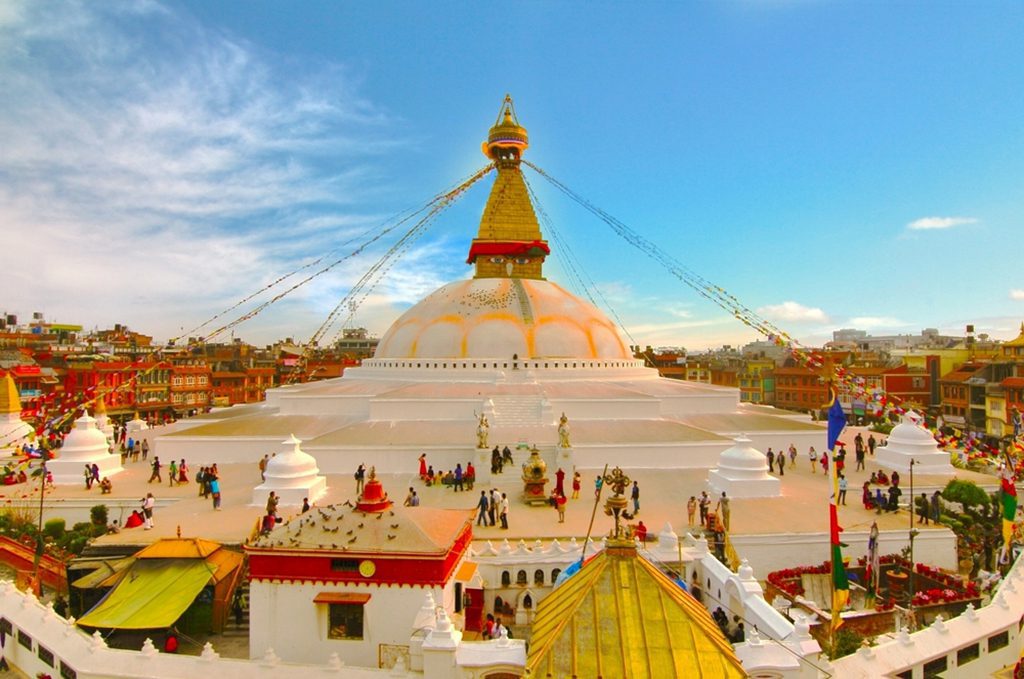
Witness the tranquil beauty of a sunset at Boudhanath Stupa. Image source: toiletroom/Shutterstock.com
Boudhanath Stupa is a Buddhist stupa not far from Kathmandu, Nepal’s capital. Incredibly beautiful panoramas of Kathmandu and the valley can be seen from the stupa. Built following the devastating Mughal invasions of the 14th century, this stupa is one of the biggest in the world. Around the stark white and gold monument, hundreds of multicolored prayer flags swirl in the breeze.
All-seeing and all-knowing like Buddha, the stupa’s four sets of eyes watch over the world from its foundation. There are a lot of Tibetan Buddhists living in the area surrounding the stupa, and many of them are refugees.
1. Everest Base Camp
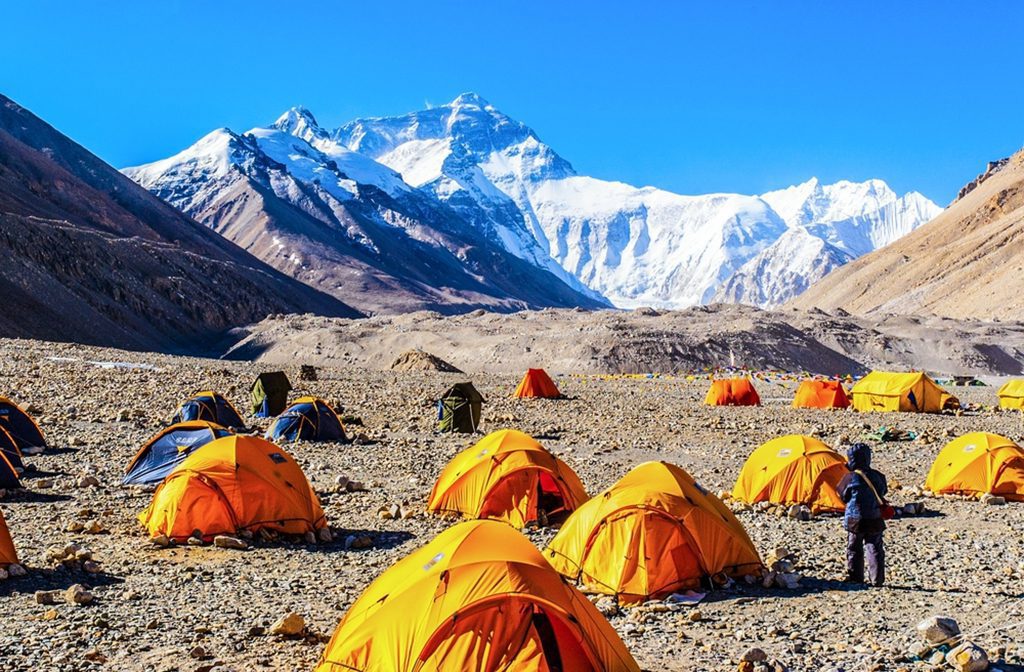
Stand in awe at the iconic Everest Base Camp. Image source: Meiqianbao/Shutterstock.com
Mount Everest, the highest point on Earth, serves as a spectacular visual representation of how little we are in the grand scheme of things. Ahead of their climb to the peak of Everest, sherpas and mountaineers spend countless hours preparing in the base camp.
Throughout order to guarantee safe journeys, pujas (religious ceremonies) are held at holy places in April and May. Everest Base Camp is open to tourists who want to experience the streamlined chaos of a journey not certain to end in success. Both helicopter tours and the more recently popular “Everest Base Camp Trek” are common ways to reach the camp.
Participants get a taste of what it could be like to ascend Mount Everest by enduring this grueling three-week trip only to the base.


